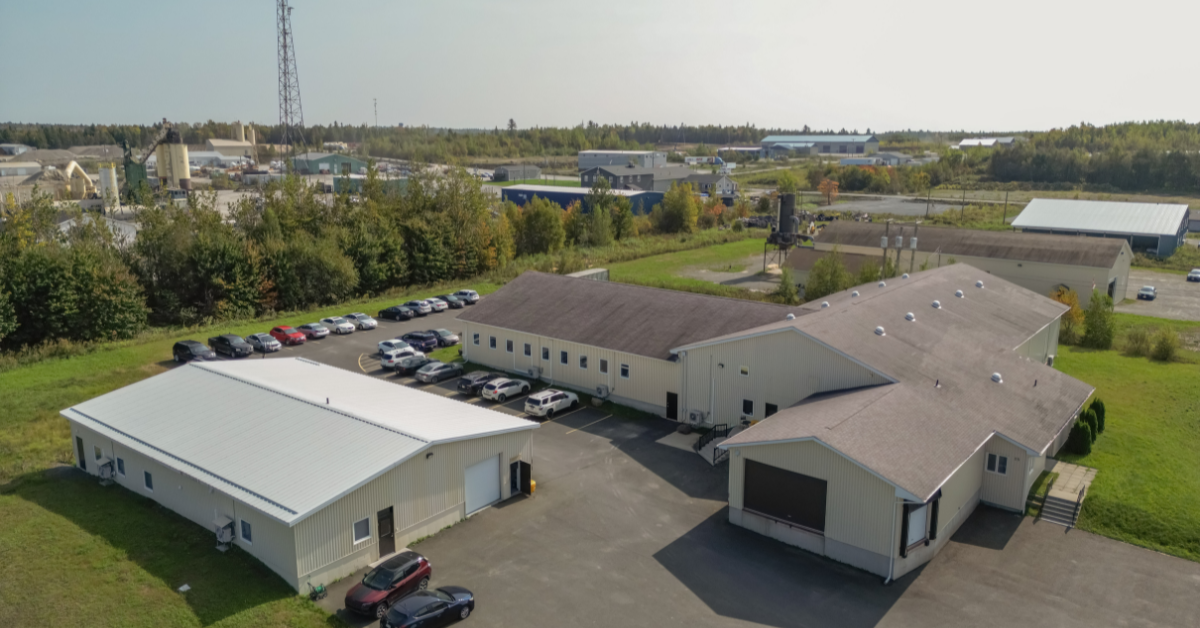
September 29, 2023
The future of sustainable commercial construction is here, and the Thermtest Headquarters proves it. Since its establishment in 2005, Thermtest has been at the forefront of enhancing thermal conductivity, thermal diffusivity, and specific heat measurement. In 2021, after a significant expansion, Thermtest moved its headquarters into a new 15,000 sq. ft. facility in Hanwell, NB. Given the focus on thermal conductivity, this facility is impeccably designed.
The new headquarters is appropriately designed with floor-to-ceiling Insulated Concrete Forms (ICF) construction for energy-saving characteristics. The continuous foam panels in ICFs provide an R-value of R-25 (3-inch XPS + 6-inch concrete + 3-inch XPS) and the thermal mass of the concrete core in the walls to keep a space warm in the winter and cool in the summer months.
The building is an example of sustainable and efficient construction due to its characteristics. A sustainable and efficient construction results in curbing energy consumption, reducing emissions, safeguarding natural ecosystems, and combating the perils of climate change. Furthermore, it carries tangible economic benefits, encompassing prolonged cost savings and heightened property values. In addition to these advantages, it bolsters the well-being of building occupants by ensuring superior indoor air quality and comfort.
This article will examine Thermtest’s distinctive building in-depth, drawing a comprehensive comparison between its energy performance and cost benefits when compared with conventional Canadian construction practices.
Thermtest, a company renowned for its dedication to advancing the science of thermal conductivity, has taken a step further by adopting an energy and cost-efficient design. One of the most striking aspects of the building is its wall structure. Unlike conventional Canadian buildings, which often rely on wood or steel framing, Thermtest’s walls are constructed using ICFs.
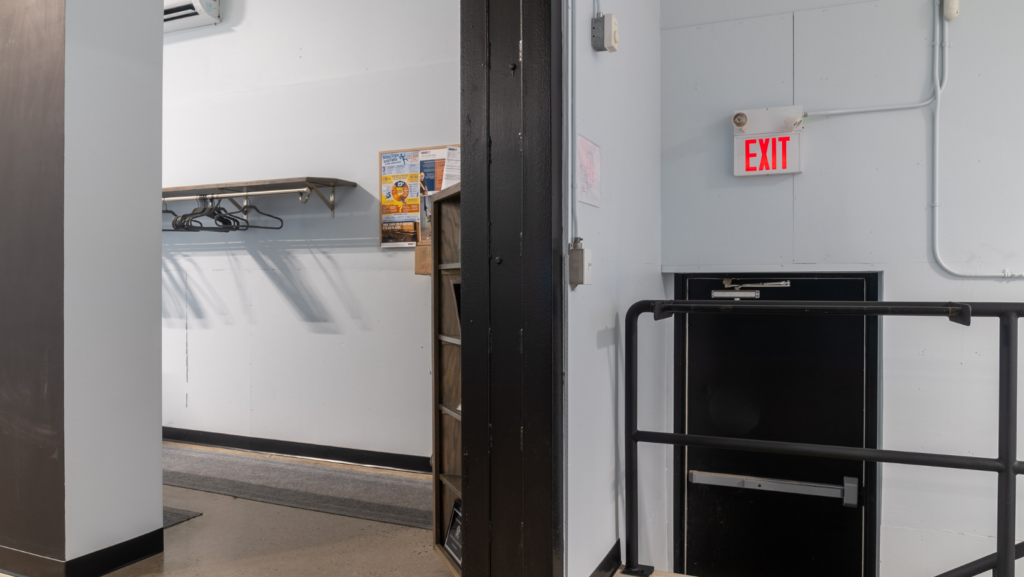
Figure 1. A picture in the doorway shows the thickness of the insulated concrete forms used to build Thermtest Inc. Headquarters.
These ICFs consist of three layers:
The building draws its heating from the heat pumps and takes advantage of natural light for illumination by strategically placed skylights.
In Canada, construction techniques and materials are designed to suit the diverse climate, geography, and building regulations. In principle, foundations typically use poured concrete or concrete blocks to endure extreme weather conditions and prevent frost damage in colder areas. Wood frame construction typically uses 2×4 or 2×6 lumber and engineered wood products like laminated veneer lumber (LVL) to add strength. Further, insulations like fibreglass batts, cellulose, or spray foam can combat harsh winters and enhance energy efficiency. Asphalt shingles are the most common roofing material due to their affordability and durability.
Thermtest’s building stands apart from the typical Canadian construction methods that commonly involve wood or steel framing. Instead, Thermtest’s walls are made using ICFs. The building represents an innovative approach to energy and cost efficiency.
Some critical elements of energy and cost-efficient design are listed below:
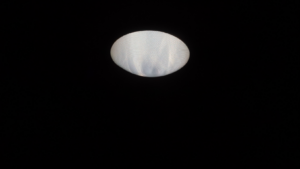
Figure 2. Close up picture of one of the many skylights found within the Thermtest main office.
One of the standout characteristics of Thermtest’s building resides in its wall construction, specifically the utilization of ICFs. The innovative design results in enhanced insulation, thermal mass, and durability. Details for each component are listed below.
Furthermore, the building uses heat pumps for heating and skylights, resulting in a lower need for artificial lighting. Details for each of them are listed below:
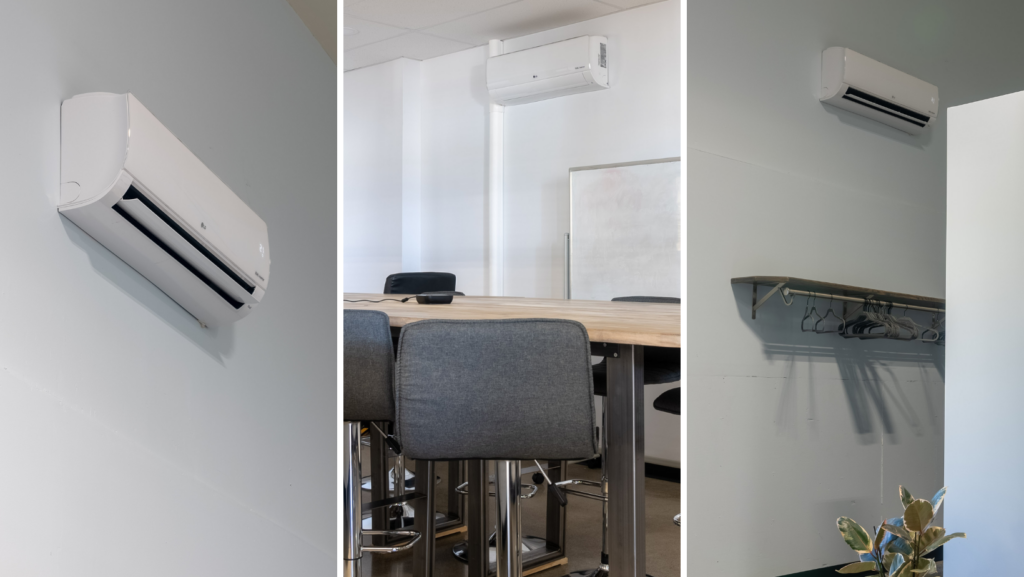
Figure 3. Heat Pumps are strategically placed around the building to provide and maintain the optimal temperature year-round.
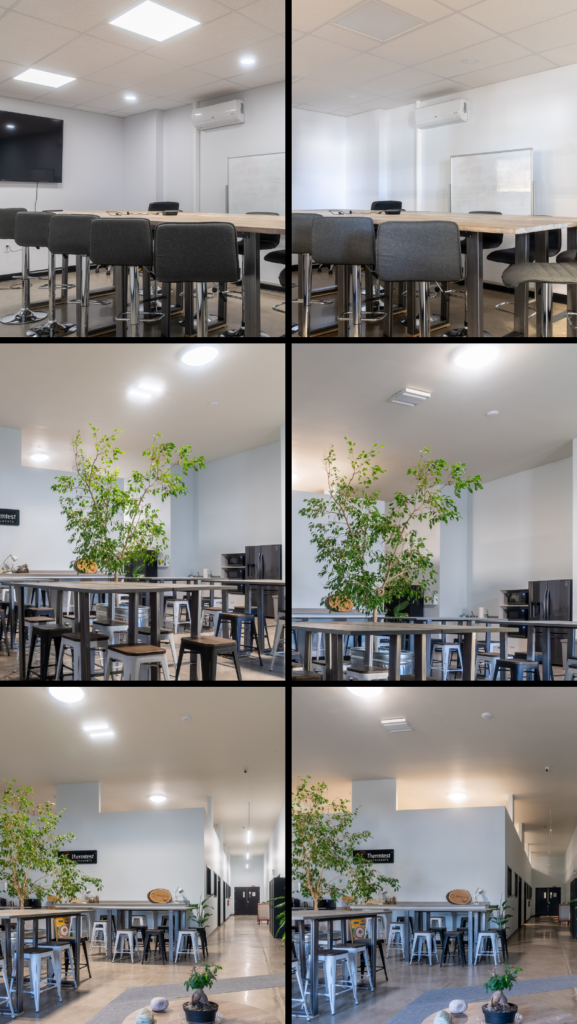
Figure 4. The left shows what the inside looks like with the lights turned on, while the images on the right have the lights turned off and all light is from the skylights.
.
The energy-efficient attributes of Thermtest’s building translate into noteworthy financial advantages over time. ICF homes offer substantial cost savings regarding operational expenses due to their thermal mass, airtight construction, and high R-value. On average, a conventional wood-frame house incurs a monthly utility expense of $0.10 per square foot. At the same time, an ICF home typically only amounts to $0.03 per square foot in monthly utility costs. Further, ICF walls demand less maintenance than traditional construction materials such as wood or steel, translating into reduced maintenance expenses and extended cost-efficiency over the building’s lifecycle.
The innovative ICF design of Thermtest’s building ensures exceptional insulation, durability, and occupant comfort and serves as a compelling model for future commercial constructions. With an impressive 14-foot height from floor to ceiling, the building offers a spacious, comfortable interior with good air circulation. Using heat pumps for heating and strategically positioned skylights for natural light highlights energy conservation and environmentally friendly practices.
This comprehensive approach to construction promises substantial long-term savings through reduced energy consumption and maintenance costs, reaffirming the feasibility of ICF-based buildings as sustainable commercial structures. The project highlights the potential for future commercial constructions to prioritize energy efficiency, sustainability, and occupant well-being, thereby reshaping industry standards and promoting a more eco-conscious and economically efficient built environment.
Thermtest’s architectural concept, incorporating ICF walls, heat pumps, and natural illumination, establishes a groundbreaking benchmark for energy efficiency and sustainability within commercial construction. This unique approach demonstrates the advantages of progressive design regarding energy savings and cost reduction.
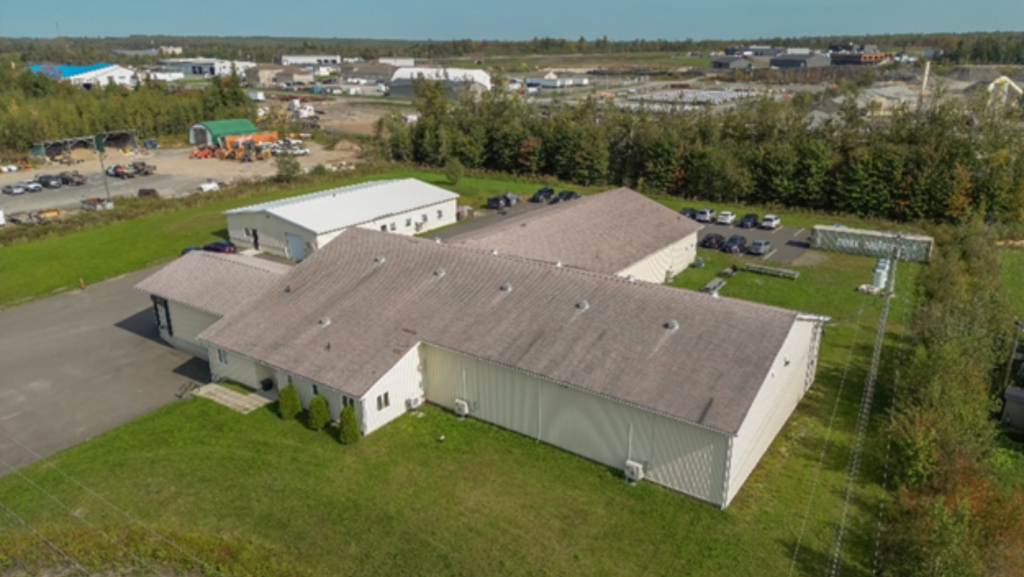
Figure 5. Thermtest’s main office uses sustainable building practices to provide a commercial building that is more environmentally friendly than standard commercial buildings.
The project is an inspiring exemplar for the building industry in a world increasingly prioritizing sustainable and efficient construction practices. It challenges conventional norms and illuminates the benefits of investments in energy-efficient architectural designs. The building serves as a testament to innovation and imparts invaluable lessons to future construction endeavours aiming to create more eco-friendly and efficient environments.